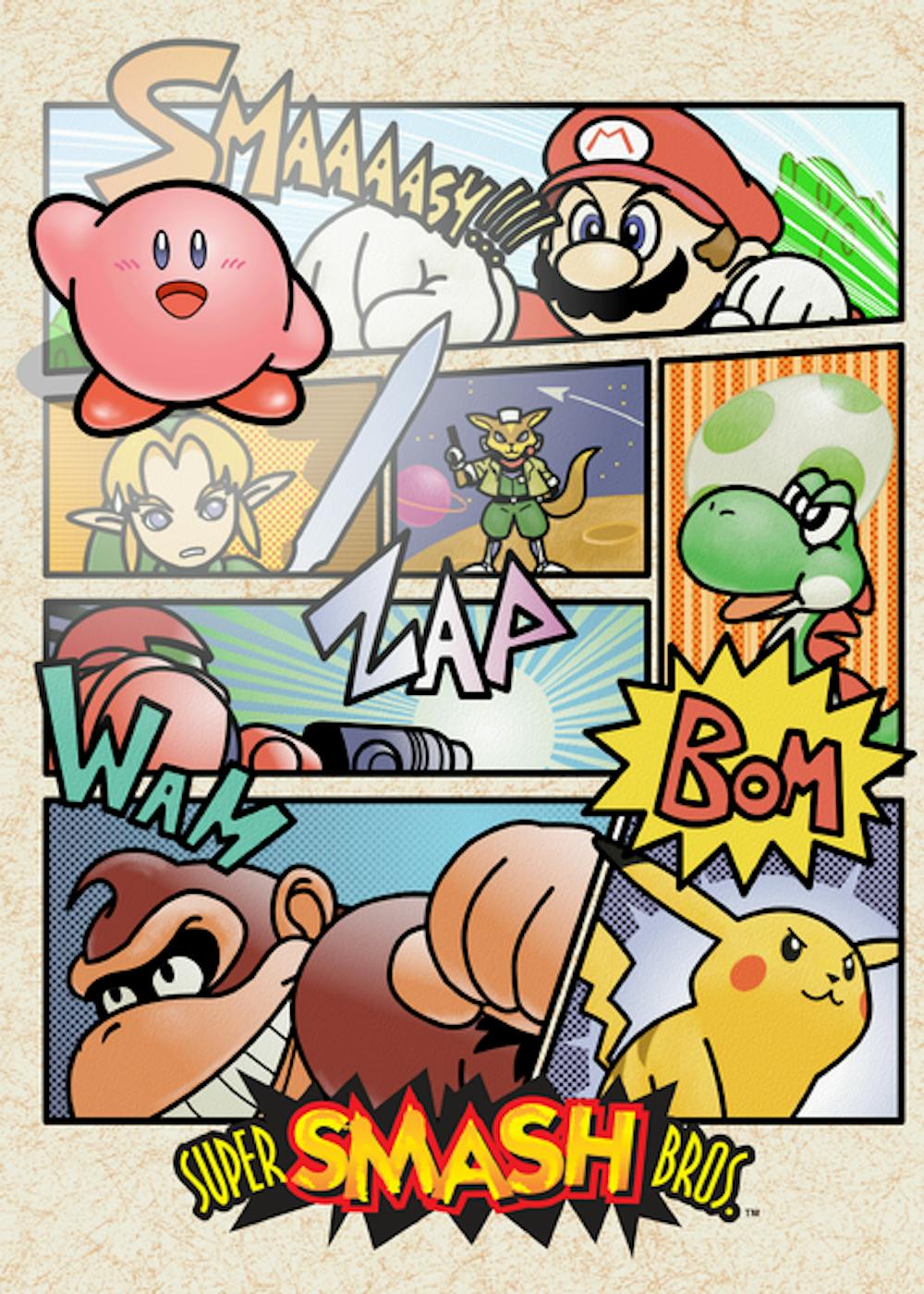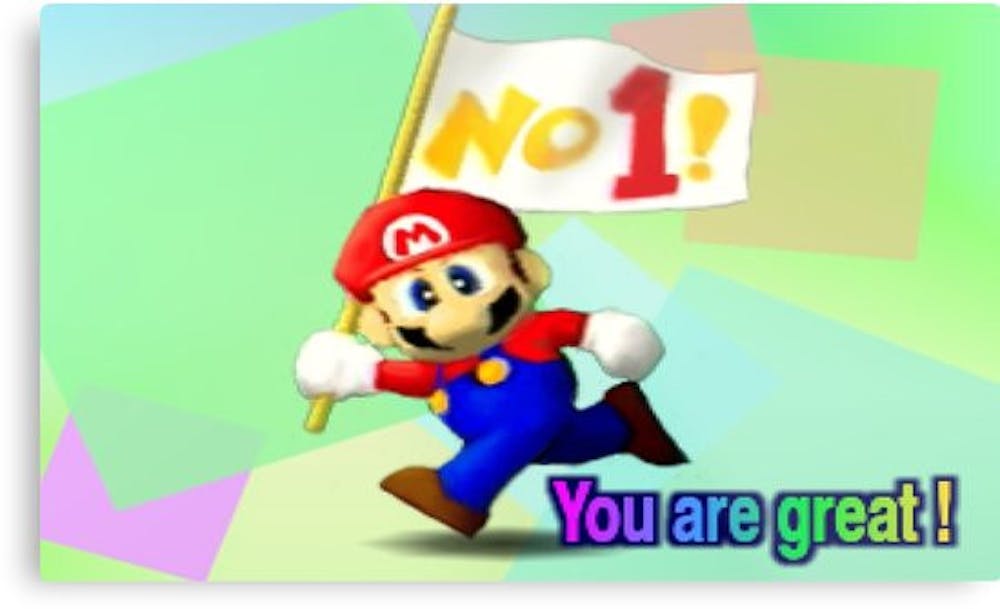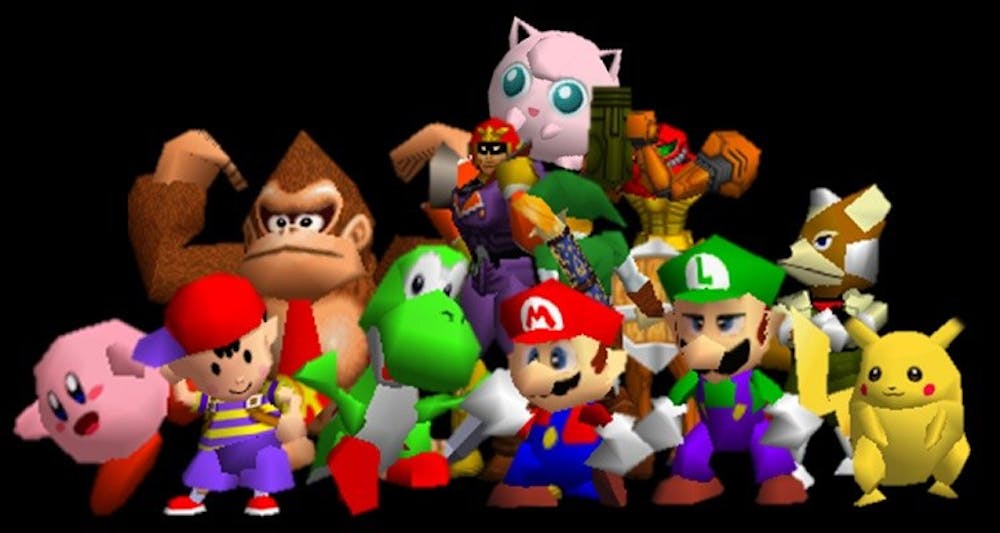by Katherine Simon The opinions and views expressed in this article are those of the author and do not reflect the opinion of Byte or Byte's editorial board. Super Smash Bros. is among one of Nintendo’s most hyped-up franchises, and for very good reason. Aside from the games just being incredibly fun and easily accessible to even the most casual of gamers, the series is arguably the most ambitious crossover in all of gaming, if not in all of media (sorry Infinity War). It’s hard to deny the appeal of seeing iconic characters from various Nintendo franchises duking it out in the same game, and when you add third party guest characters such as Castlevania’s Simon Belmont and Sonic the Hedgehog into the mix, the pool of potential newcomers is seemingly endless, which makes every new character announcement all the more exciting. However, Smash wasn’t always as extravagant as it is now. Like all great things, it started out small and only got bigger as time went on and subsequent games expanded on the foundation set by the original. To celebrate the upcoming release of Super Smash Bros. Ultimate, I thought it would only be appropriate to look back on the franchise’s origins and see how far it’s come since its inception nearly 20 years ago.
From Humble Beginnings
Kirby’s Dream Land Kirby Kirby Sega’s laughably poor management of the console in the West Kirby Super StarA Smashing Cast
Smash Ultimate Mario Zelda Pokemon Star Fox Earthbound Smash Earthbound Smash Melee Fire Emblem


Game Informer SmashWiki Kotaku SmashWiki Shoryuken




















